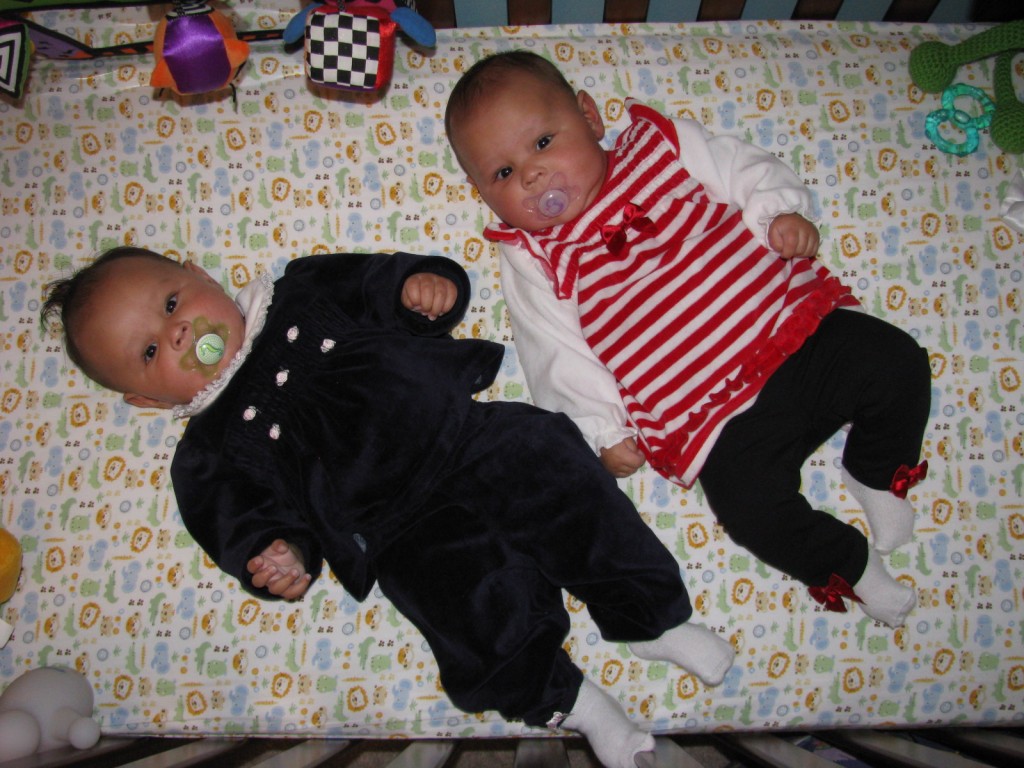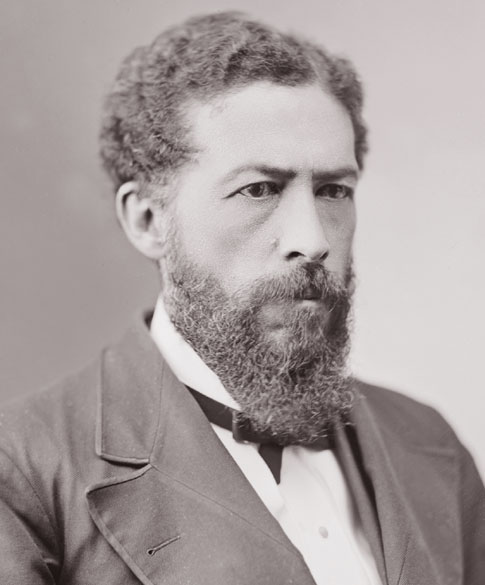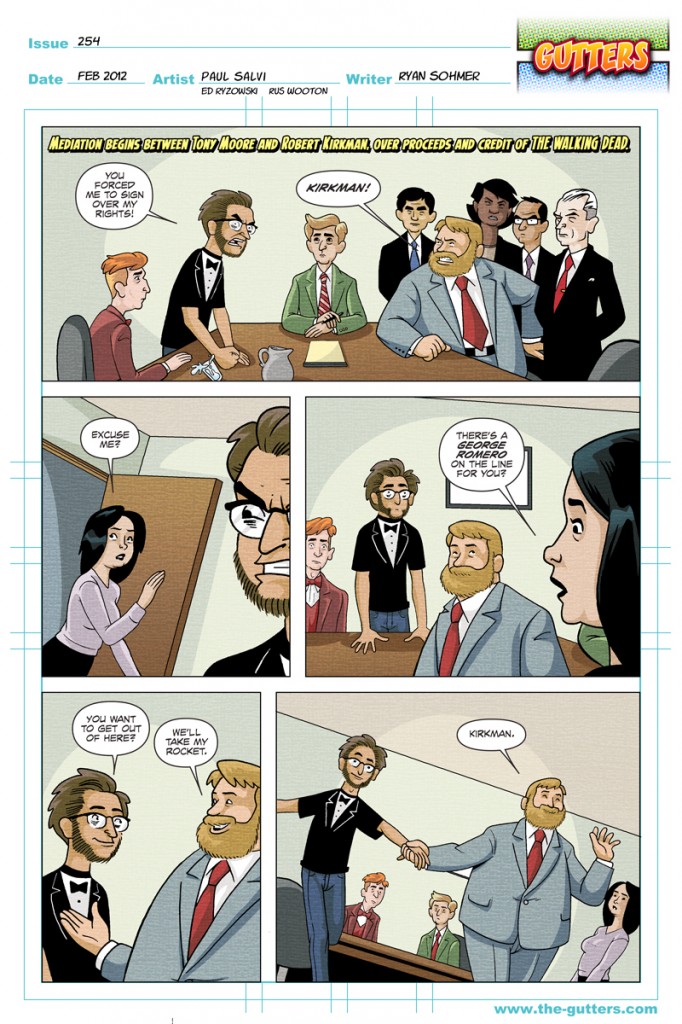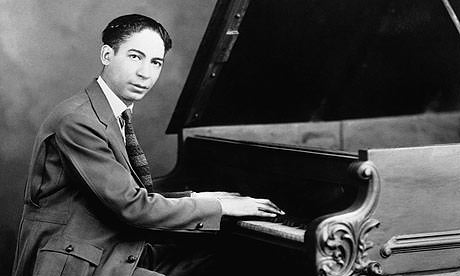“Yeah, yeah and it’s okay… I tie my hands up to a chair, so I don’t fall that way.”
comics and animation, event, everyday glory, family and friends, food for thought, geekery, history, music, science and technology, space, style and fashion, zombies February 13th, 2012Another new work week begins…
…and today is also my Sib-1’s (Rana) birthday:
This weekend was good… and somewhat productive, too. SaraRules! and I have changed the girls’ nighttime sleep and feeding schedule: Wake them up for a small feeding and diaper change just before we go to bed. It seems to be working pretty well. Saturday night (the first night we tried it), they managed to sleep for six straight hours. Unglaublich! And, after they woke up for their “wee hours of the morning” feeding, they slept in until 8:30. It was divine.

Diana (l) and Vanessa, before heading out for the day
We took the girls up to Red Butte Garden for a Saturday afternoon stroll. They seemed to enjoy it… almost as much as yesterday’s pilgrimage to The Garden of Sweden. Amen. Both girls stayed awake through IKEA trip, which became funny when we got into the warehouse area. As I’ve noted before, the girls are fascinated with moving things, especially ceiling fans. I had forgotten that IKEA has ceiling fans in the warehouse. However, this was not something that escaped Vanessa’s notice. Nor, a few seconds later, Diana’s notice. It was funny to look down into the stroller and see them both staring agog at the ceiling.
Chew on This: Food for Thought – Black History Month
It’s another post-weekend two-person post.
- John Mercer Langston (December 14, 1829 – November 15, 1897) was an American abolitionist, attorney, educator, and political activist.

Langston was born free in 1829 in Louisa County, Virginia, the youngest of three sons and a daughter of Ralph Quarles, a white plantation owner of English descent and Lucy Jane Langston, a freedwoman of mixed African and Native American descent. After his parents both died when Langston was four, he and his brothers, Gideon Quarles and Charles Henry Langston, moved to Chillicothe, Ohio with their half-brother William Langston. John was taken to live with William Gooch and his family, friends of his father’s.In 1835 the older brothers Gideon and Charles started at the preparatory school at Oberlin College, where they were the first African-American students to be admitted. John Langston earned a bachelor’s degree in 1849 and a master’s degree in theology in 1852 from Oberlin. Denied admission to law schools in New York and Ohio because of his race, Langston then studied law (or “read law”, as was a practice then) under attorney and Republican congressman Philemon Bliss and was admitted to the Ohio bar in 1854. In 1855, he was one of the first African-American people in the United States elected to public office when elected as a town clerk in Ohio.Together with his older brothers Gideon and Charles, John Langston became active in the Abolitionist movement. He helped runaway slaves to escape to the North along the Ohio part of the Underground Railroad. In 1858 he and Charles partnered in leading the Ohio Anti-Slavery Society, with John acting as president and traveling to organize local units, and Charles’ managing as executive secretary in Cleveland.
In 1864 he helped organize the National Equal Rights League, of which he was the first president. After the American Civil War Langston moved to Washington, D.C., practiced law, and was professor of law and the first dean of the law department (1869–77) and vice president (1872–76) of Howard University.
He was U.S. minister to Haiti and chargé d’affaires to Santo Domingo (1877–85) and was elected president of the Virginia Normal and Collegiate Institute (1885).
In 1888 he was a Republican candidate from Virginia for the U.S. House of Representatives, and, after a challenge of the election returns that took almost two years, he succeeded in unseating his Democratic opponent and served in Congress from Sept. 23, 1890, to March 3, 1891.
- Ferdinand Joseph LaMothe (October 20, 1885 – July 10, 1941), known professionally as Jelly Roll Morton, was an American ragtime and early jazz pianist, bandleader and composer.
Morton was born in the Faubourg Marigny neighborhood of downtown New Orleans, Louisiana. A baptismal certificate issued in 1894 lists his date of birth as October 20, 1890; however Morton himself and his half-sisters claimed the September 20, 1885, date is correct.
Morton learned the piano as a child and, at the age of fourteen, began working as a piano player in a brothel (or as it was referred to then, a sporting house.) In that atmosphere, he often sang smutty lyrics and it was at this time that he took the nickname “Jelly Roll”, which at the time was black slang for the female genitalia.
Morton’s piano style was formed from early secondary ragtime and “shout”, which also evolved separately into the New York school of stride piano. Morton’s playing, however, was also close to barrelhouse, which produced boogie woogie. Morton often played the melody of a tune with his right thumb, while sounding a harmony above these notes with other fingers of the right hand. This added a rustic or “out-of-tune” sound (due to the playing of a diminished 5th above the melody). This may still be recognized as belonging to New Orleans. Morton also walked in major and minor sixths in the bass, instead of tenths or octaves. He played basic swing rhythms in both the left and right hand.
Around 1904, Morton started wandering the American South, working with minstrel shows, gambling and composing. In 1912–1914, he toured with girlfriend Rosa Brown as a vaudeville act before settling in Chicago for three years. By 1914, he had started writing down his compositions, and in 1915 his “Jelly Roll Blues” was arguably the first jazz composition ever published, recording as sheet music the New Orleans traditions that had been jealously guarded by the musicians. In 1917, he followed bandleader William Manuel Johnson and Johnson’s sister Anita Gonzalez to California, where Morton’s tango “The Crave” made a sensation in Hollywood.
He made his recording debut in 1923, and from 1926 to 1930 he made, with a group called Morton’s Red Hot Peppers, a series of recordings that gained him a national reputation. Morton’s music was more formal than the early Dixieland jazz, though his arrangements only sketched parts and allowed for improvisation.
During the period when he was recording his interviews, Morton was seriously injured by knife wounds when a fight broke out at the Washington, D.C. establishment where he was playing. A nearby whites-only hospital refused to treat him, and he had to be transported to a lower-quality hospital further away. When he was in the hospital the doctors left ice on his wounds for several hours before attending to his eventually fatal injury. His recovery from his wounds was incomplete, and thereafter he was often ill and easily became short of breath. Morton made a new series of commercial recordings in New York, several recounting tunes from his early years that he had been talking about in his Library of Congress interviews.
A worsening asthma affliction sent him to a New York hospital for three months at one point and when visiting Los Angeles with a series of manuscripts of new tunes and arrangements, planning to form a new band and restart his career, the ailment took its toll.
Morton died on July 10, 1941 after an eleven-day stay in Los Angeles County General Hospital.
Stray Toasters
- It was a Foster The People kind of morning.
- The Style Report: The Best-Dressed Men at the Grammys
- Scale of the Universe 2
- While I’m not a huge fan of the new DC Entertainment logo, I find that it doesn’t annoy me as much as it originally did.

- The Words She Really Wants to Hear
- Trophy heads of fanciful Seussian creatures
Namaste.
Leave a Reply
You must be logged in to post a comment.


